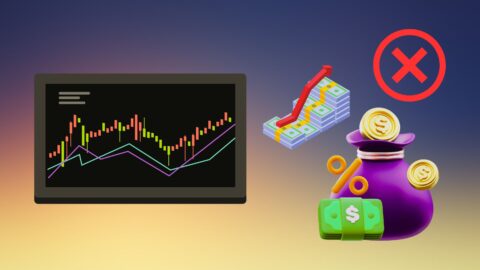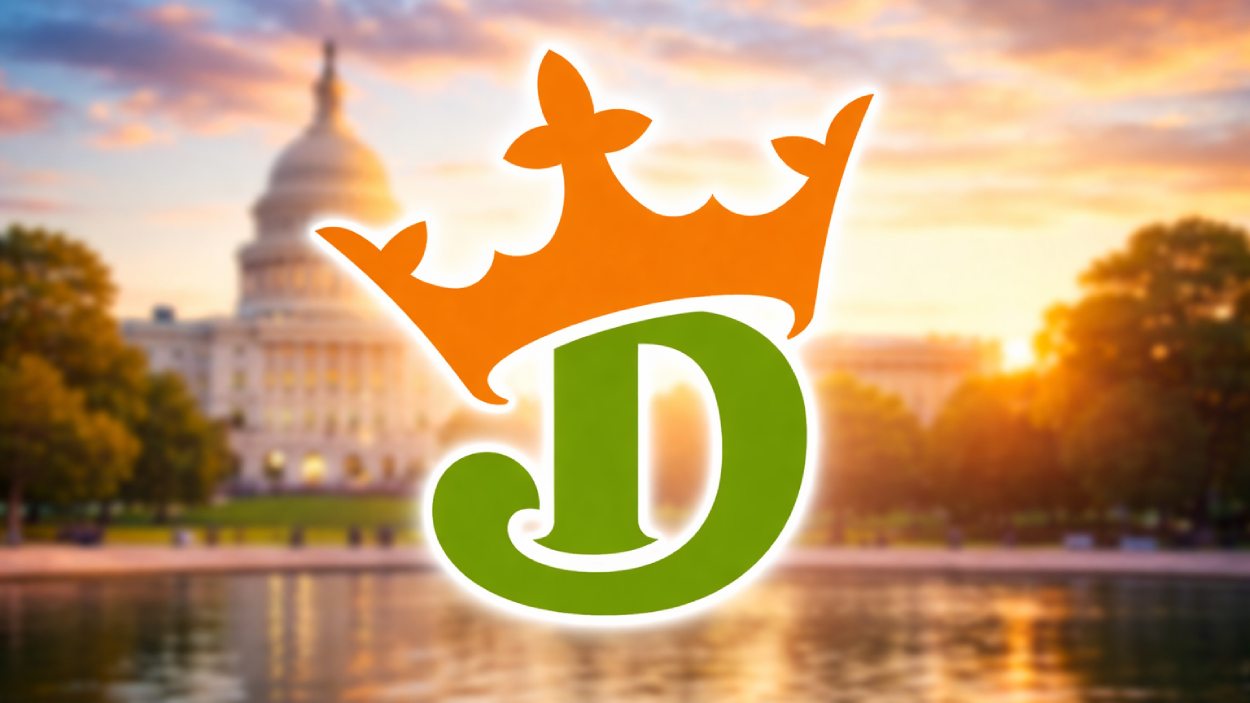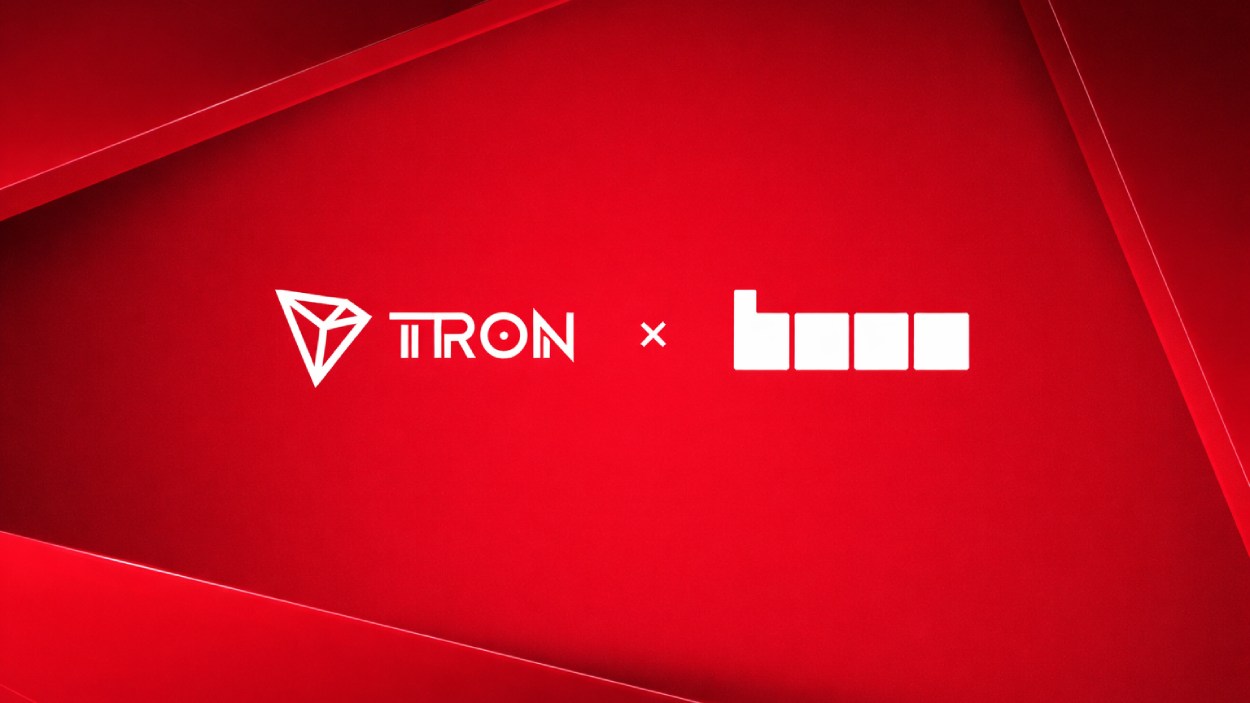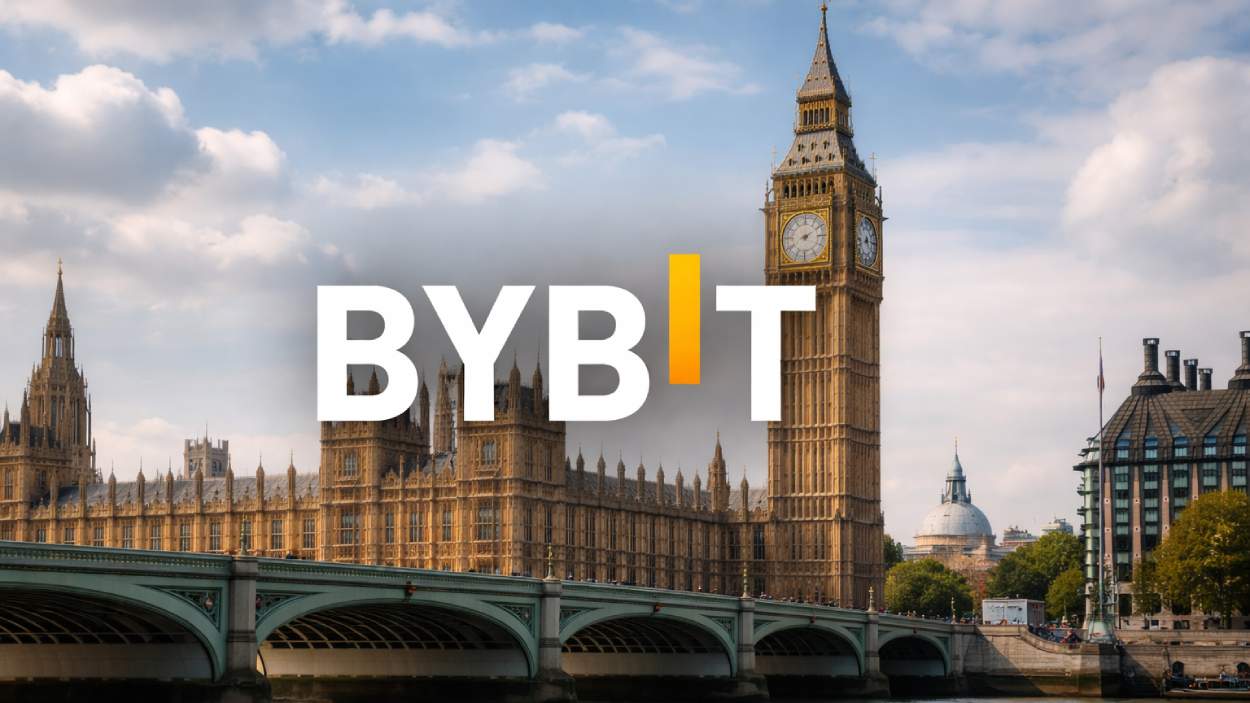In the world of investing, performance tends to get all the attention, but fees are the quiet killers of wealth. Many investors focus on returns while ignoring the significant bite taken out by management costs. Over time, even seemingly modest fees can drain hundreds of thousands, if not millions, of dollars from a portfolio. Whether you’re in traditional finance or exploring crypto asset management, knowing where the costliest traps lie can help you protect your future gains.
Key Takeaways
- 1“2 and 20” hedge fund models can strip a large chunk of profits from even top-performing portfolios.
- 2Wrap accounts and private funds often disguise high fees under a bundled structure.
- 3Even actively managed mutual funds can charge 0.90% or more, far above passive alternatives.
- 4Robo-advisors may seem affordable, but premium tiers often mirror human advisor costs.
- 5Understanding fee compounding is essential; it can quietly eat up more gains than inflation or taxes.
What Investment Management Fees Mean
Investment management fees are the price investors pay for expertise, convenience, or access to sophisticated strategies. They’re usually charged as a percentage of assets under management (AUM), but may also include performance fees, flat service charges, trading costs, or a wrap fee that bundles everything together.
On the surface, a 1% fee might not sound alarming, but over a 20–30-year investing horizon, especially with compounding, these fees can erode up to 25–40% of potential gains. In high-fee scenarios like hedge funds, the impact is even greater. And in the crypto ecosystem, similar fee models exist in DeFi staking platforms, managed portfolios, and digital wealth firms, often without full transparency.
Top 5 Most Costly Investment Management Fees
Some come with management fees that quietly erode returns over time. Knowing which ones charge the most can help you make smarter, more cost-effective financial decisions. Here are five investment vehicles and services where management fees are particularly high, and often overlooked:
| Type | Typical Fees | Why It’s Costly | Key Highlight |
| Hedge Funds | 2% of AUM + 20% of profits (“2 & 20”) | Charges apply even in underperforming years | High fees can reduce net returns by 40% or more over time |
| Private Equity / Credit Funds | 1–2% annually + up to 20% performance fees | Fees charged on committed capital, not just deployed funds | Fees continue during lock-ups even without active investment |
| Institutional Active Equity Funds | 0.62% to 1.05% depending on strategy and size | Consistently higher than passive alternatives, with little consistent outperformance | A 0.75% gap vs. index funds can cost six figures over decades |
| Bank-Managed Wrap Accounts | 1% to 3% flat AUM fee (all-inclusive) | Bundles admin, trading, and advisory costs, making real costs hard to track | $5,000+ annual cost on a $250K account, regardless of fund performance |
| Robo-Advisors (Premium Tiers) | 0.20% to 1.00% of AUM | “Low-cost” label is misleading with higher-tier services | Some charge nearly as much as human advisors, with less personalization |
1. Hedge Funds
Hedge funds are known for their aggressive fee structures, often charging both a management fee and a performance fee. While they aim for outsized returns, their high costs can significantly reduce investors’ long-term gains, even in strong markets.
- Fees: 2% annual management fee + 20% of profits (“2 and 20” model)
- Why Costly: Fees apply regardless of performance, meaning investors pay even in flat or down markets.
- Key Highlight: A hedge fund returning 10% could leave the investor with just 6% net after fees, drastically reducing compound growth over time.
2. Private Equity & Private Credit Funds
These funds typically lock in investor capital for years while charging fees on both committed and invested amounts. Despite their potential for high returns, the layered fees and long time horizons often make them cost-heavy choices.
- Fees: 1%–2% annually during the commitment phase; fees taper over time. Often includes performance or carried interest fees up to 20%.
- Why Costly: Investors pay fees on committed capital, not just deployed funds, meaning you’re charged even if your money isn’t yet working.
- Key Highlight: In long lock-up periods (7–10 years), these fees can compound silently, making PE one of the most expensive long-term investments.
3. Institutional Active Equity & Mutual Funds
Actively managed equity funds charge higher fees compared to passive alternatives, with no consistent performance advantage. Over time, these recurring costs can compound and undercut a portfolio’s overall growth.
- Fees:
- Small-cap funds: 0.90% to 1.05%
- Large-cap funds: 0.62% to 0.77%
- Growth/value funds: 0.66% to 0.81%
- Why Costly: These are far higher than index funds (which charge 0.05% or less) with no consistent evidence of outperformance.
- Key Highlight: Over 20–30 years, a 0.75% difference can cost hundreds of thousands of dollars in forgone compound returns.
4. U.S. Bank-Managed Feeder Funds / Mutual Fund Wrap Accounts
Wrap accounts offer bundled services in exchange for a flat fee, which can seem convenient but often masks layered expenses. Investors may end up paying premium prices for average-performing funds and services.
- Fees: 1%–3% AUM annually, often bundled into a single wrap fee.
- Why Costly: Investors often don’t realize they’re paying layered fees for management, admin, custody, and transactions.
- Key Highlight: A $250,000 portfolio could be charged $5,000–$7,500 per year, regardless of fund performance.
5. Robo-Advisors with Premium Services
Robo-advisors started as low-cost disruptors, but many now offer premium tiers that rival traditional advisor fees. These higher service levels may not always justify the cost, especially for investors with simpler needs.
- Fees: 0.20% to 1.00% of AUM, depending on the service level.
- Why Costly: While marketed as low-cost, premium robo tiers (with tax-loss harvesting, human advisors, etc.) approach traditional advisor pricing.
- Key Highlight: If you’re paying 0.75% to 1.00%, you may be better off with a human fiduciary offering more personalized strategy and service.

The Real Cost of Fees And How to Avoid Them
Even modest-sounding fees can add up to massive losses over decades through the power of compounding. Understanding the math behind these costs is key to preserving your long-term wealth. For instance, with a 7% annual return over 30 years:
- A 1.5% annual fee could reduce ending wealth by up to 30%.
- A portfolio that could’ve grown to $1 million might end up closer to $700,000 after fees.
So why do investors keep paying?
- Brand loyalty and prestige – Hedge funds and private equity funds offer exclusivity and historical clout.
- Lack of transparency – Fee structures are often buried in prospectuses or simplified in bundled plans.
- Misplaced trust – Many investors assume higher fees = better returns, despite data showing the opposite.
How to Protect Yourself
Investors don’t have to fall victim to hidden or excessive fees; tools, comparisons, and clear questions can go a long way. With the right strategy, you can keep more of what you earn and avoid unnecessary financial drag.
- Always ask for a full breakdown of fees, both visible and hidden.
- Use fee comparison tools or fiduciary advisors who are required to act in your best interest.
- Consider passive investment strategies (e.g., index funds or ETFs) with ultra-low fees under 0.10%.
- In crypto, favor transparent staking platforms or decentralized protocols with clear, capped fees.
Conclusion: Small Percentages, Big Impact
High investment management fees don’t just chip away at your returns; they quietly undermine the power of compounding, often without your full awareness. Whether you’re navigating Wall Street, fintech platforms, or crypto DeFi tools, the rule is the same: Know what you’re paying, and what you’re paying for. Cutting fees by just 1% could mean retiring years earlier or with significantly more wealth. Never confuse expensive with effective, because in investing, value always beats cost.


























































